Switching to the all-Apple ecosystem can streamline your digital life, making your devices work seamlessly together. This guide will walk you through how to switch to the Apple ecosystem, starting with the iPhone and moving through the essential devices that make life in the Apple ecosystem so efficient.
Step 1: Switching from Android to iPhone
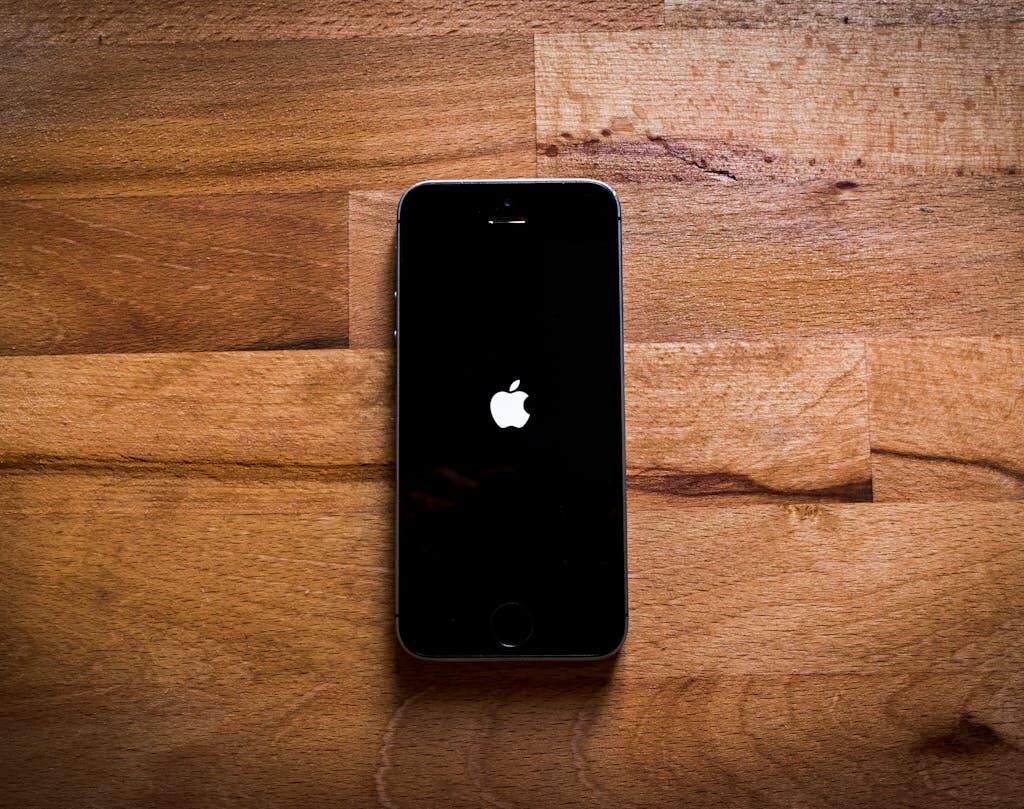
The first step in the journey to switch to all Apple ecosystem is moving from an Android device to an iPhone. Here’s how you can make the transition smoothly:
- Data Transfer: Apple’s “Move to iOS” app simplifies the process. It allows you to transfer contacts, message history, photos, and more from your Android phone to your new iPhone.
- Familiarize Yourself with iOS: iOS is known for its intuitive interface. Spend some time exploring the operating system, and you’ll quickly see how it integrates with other Apple devices.
- Key Features: Enjoy the benefits of Apple’s privacy-focused approach, regular software updates, and an extensive ecosystem of apps designed specifically for iPhone.
Step 2: Transition to MacBook or iMac
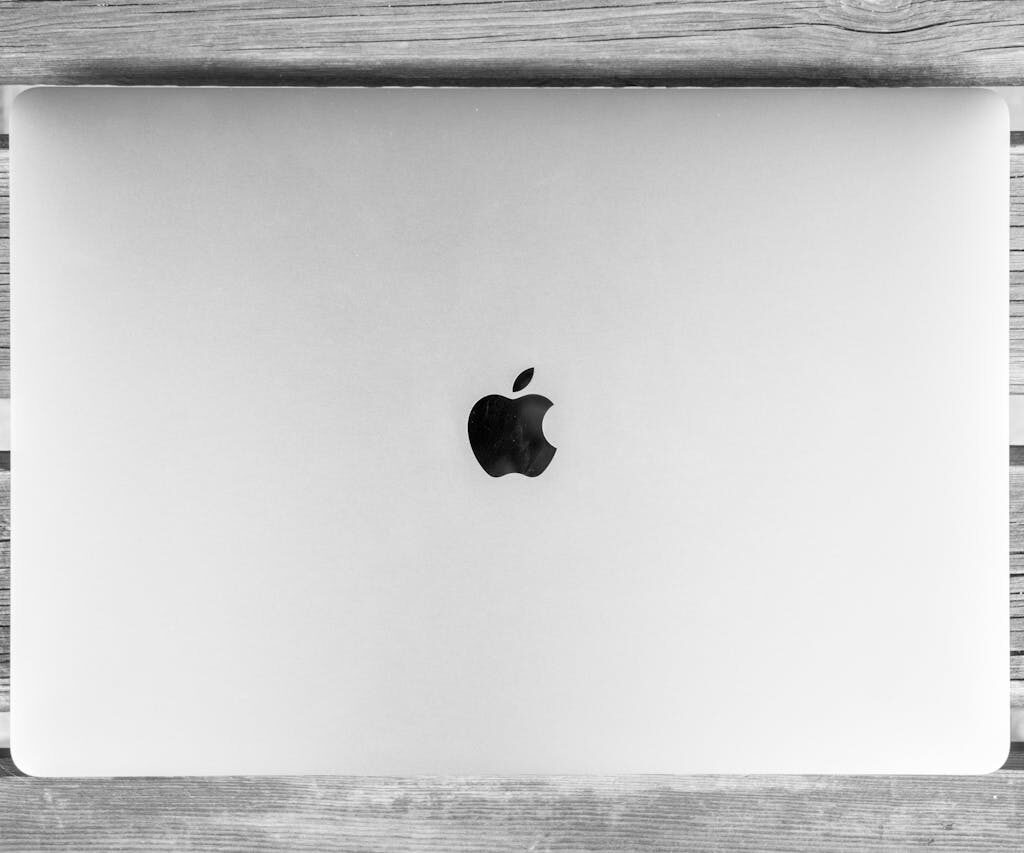
Once you’ve settled with your iPhone, the next step to fully switch to all Apple ecosystem is investing in a MacBook or iMac.
- Seamless Integration: The Mac allows you to sync your iPhone effortlessly. Features like Handoff let you start an email on your iPhone and finish it on your Mac. iMessage and FaceTime work across all devices, so you never miss a message or call.
- Data Transfer and Management: iCloud makes transferring and managing files between your iPhone and Mac easy. AirDrop allows for quick file sharing, and iCloud Drive ensures all your documents are accessible across devices.
- Productivity Boost: Macs are known for their reliability and long battery life, making them ideal for both work and play. The ecosystem’s continuity features also allow you to copy and paste between your iPhone and Mac effortlessly.
Step 3: Add an Apple Watch
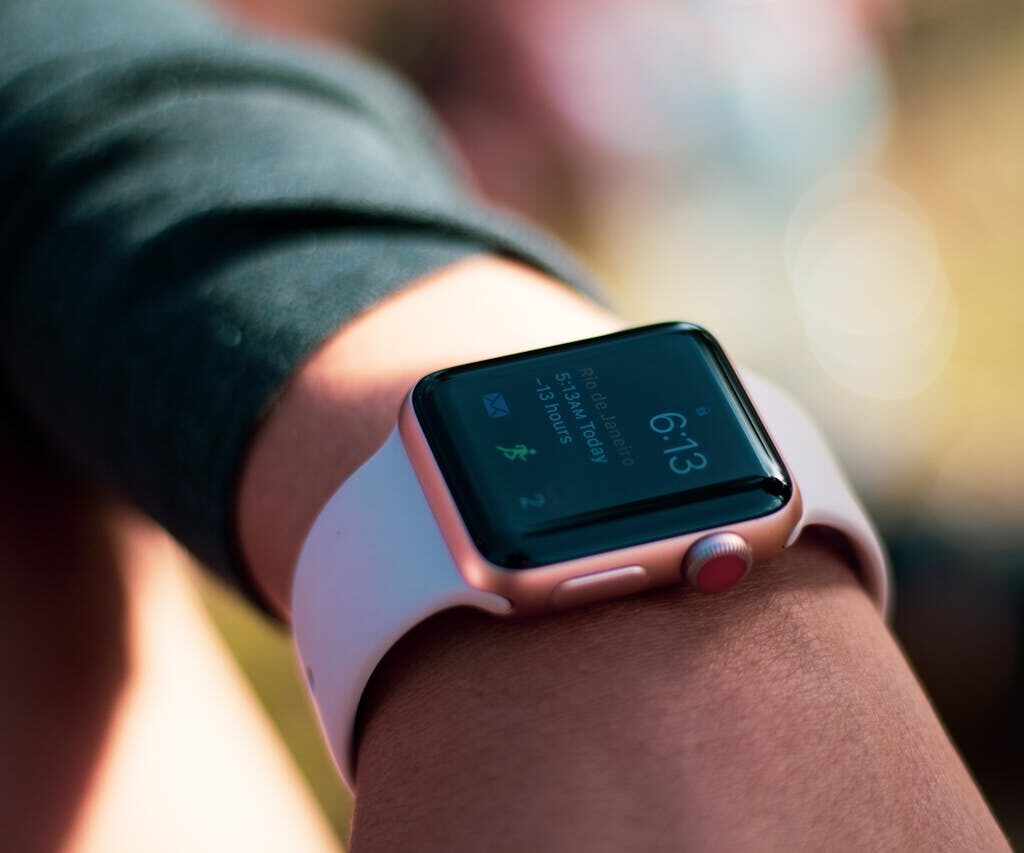
The Apple Watch is the perfect companion once you have an iPhone and a Mac, enhancing your switch to all Apple ecosystem.
- Health and Fitness: The Apple Watch excels in health tracking, with features like heart rate monitoring, workout detection, and even ECG capabilities.
- Convenience: With an Apple Watch, you can receive notifications, send messages, and even take calls without pulling out your iPhone. It’s like having a mini iPhone on your wrist.
- Seamless Syncing: Your Apple Watch syncs effortlessly with your iPhone and Mac, making it easier to keep track of notifications, reminders, and apps.
Step 4: Enhance with AirPods Pro or AirPods Max
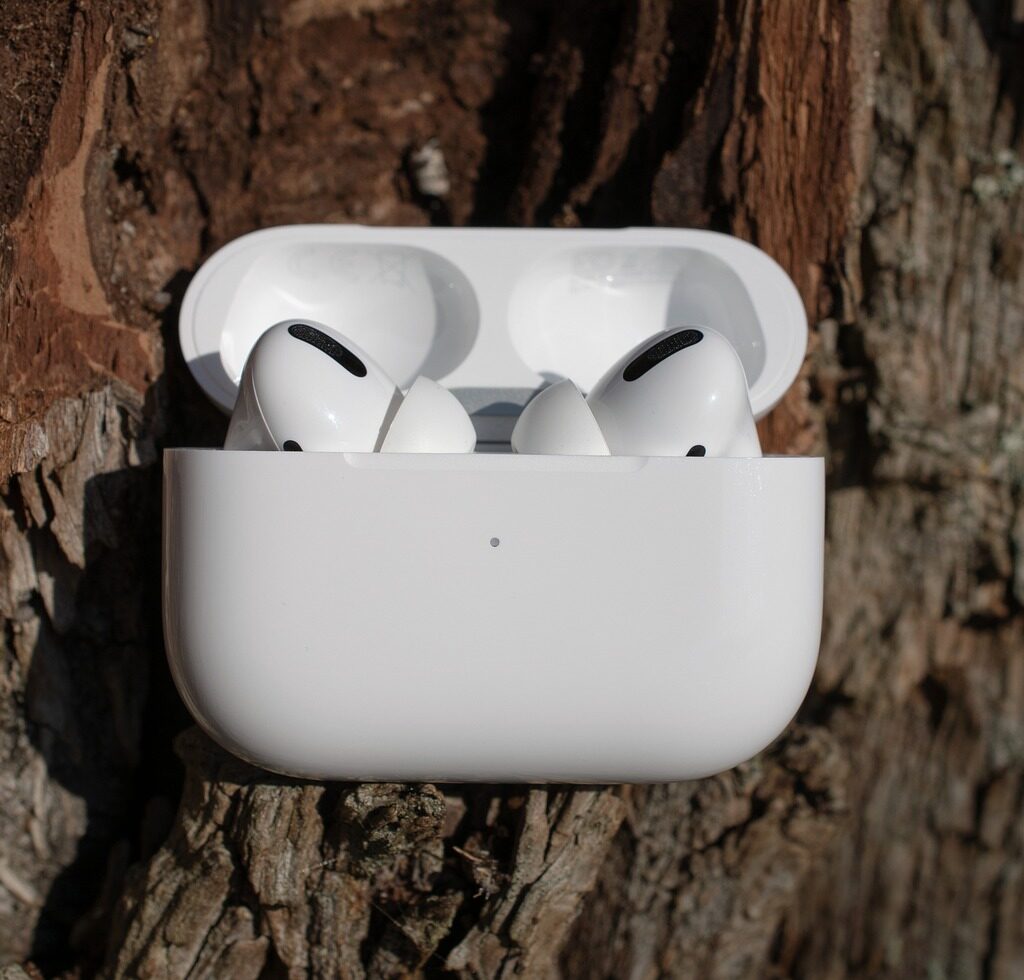
To complete the essentials in your switch to all Apple ecosystem, consider adding AirPods Pro or AirPods Max.
- Sound Quality and Comfort: AirPods Pro offers noise cancellation, transparency mode, and a comfortable fit, making them perfect for everyday use. AirPods Max, on the other hand, deliver high-fidelity audio with exceptional comfort for longer listening sessions.
- Seamless Integration: Both AirPods models pair instantly with your iPhone, Apple Watch, and Mac. They switch automatically between devices, ensuring you always hear what you need.
- Extra Features: Enjoy spatial audio with dynamic head tracking, which provides a theater-like experience when watching content on your Apple devices.
Optional Add-Ons: iPad and Apple HomePod
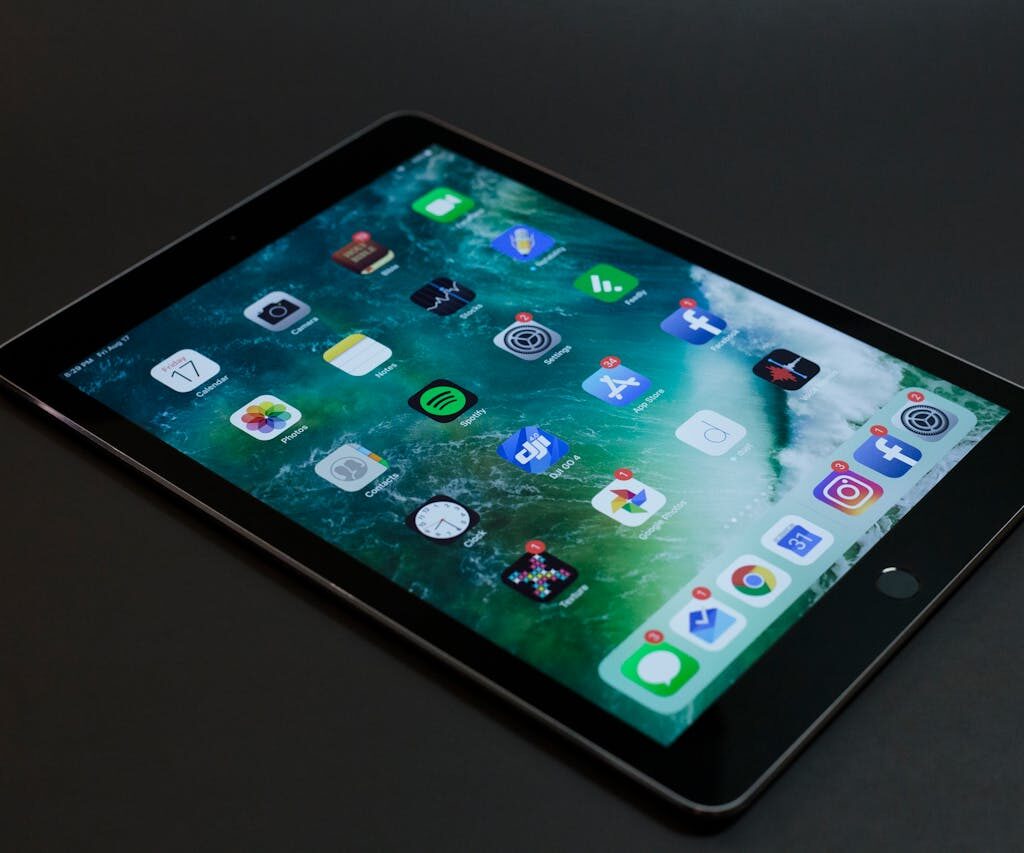
After securing the essentials, you can further enhance your experience as you switch to all Apple ecosystem with these optional purchases:
- iPad: The iPad is a versatile addition to your Apple ecosystem, offering a larger screen for browsing, streaming, and even creative work. It can be used as a secondary display for your Mac with Sidecar or as a portable productivity tool when you’re on the go.
- Apple HomePod: The HomePod integrates with Siri, allowing you to control your smart home devices with your voice. If you have a smart home setup, this can be a valuable addition, provided your devices are compatible with iOS.
Conclusion: Switch to All Apple Ecosystem
Switching to the all-Apple ecosystem is more than just buying devices; it’s about creating a seamless, efficient environment where everything works together effortlessly. Starting with the iPhone, then moving on to the Mac, Apple Watch, and AirPods, you’ll find that each device enhances the other, making your life easier and more connected. Consider adding optional devices like the HomePod and Mac Display for a fully immersive experience, but remember that the essentials alone are enough to transform your digital life.
If you’re interested in knowing my journey on making the switch to an all-Apple ecosystem, check out my blog here: Should I switch to the apple ecosystem?

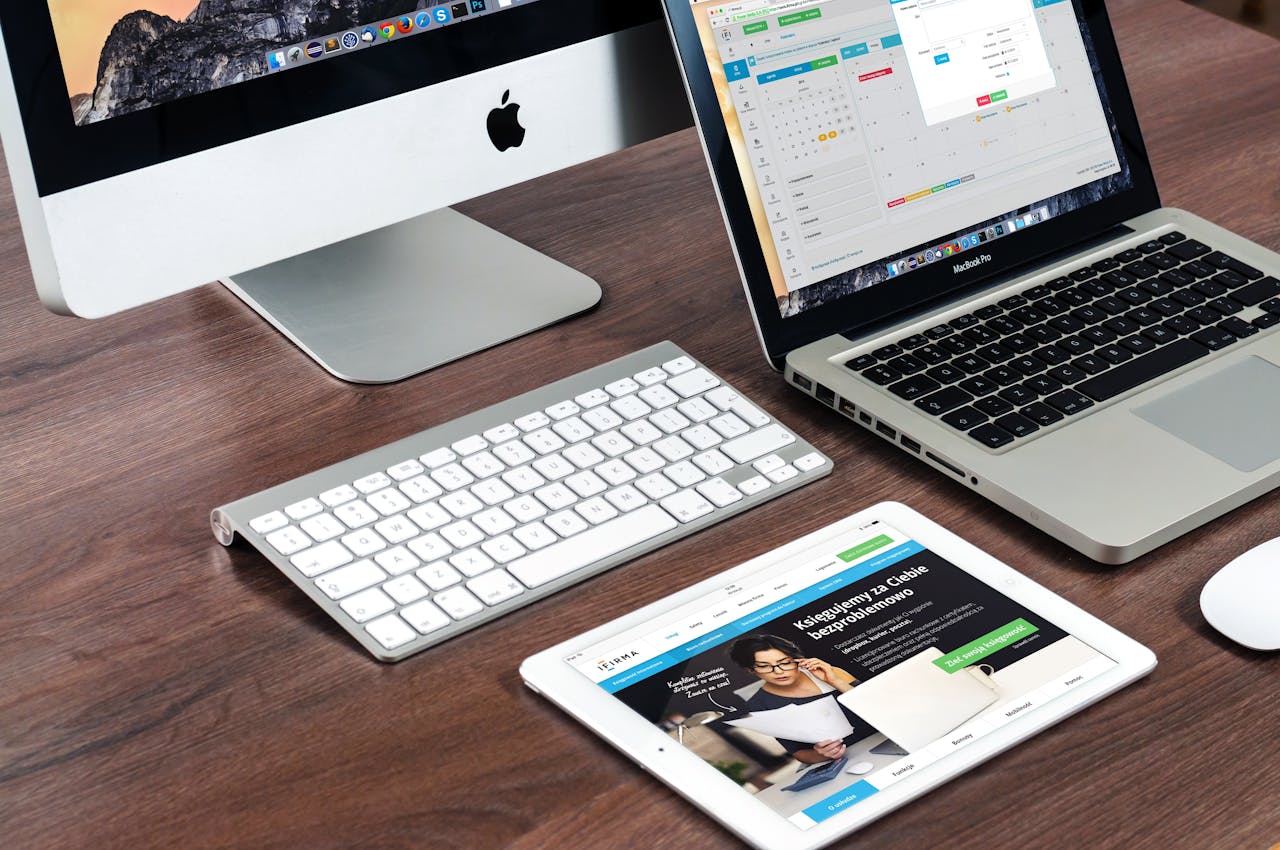








[…] you’re considering making the switch to an all-Apple ecosystem, check out my guide here for a step-by-step […]